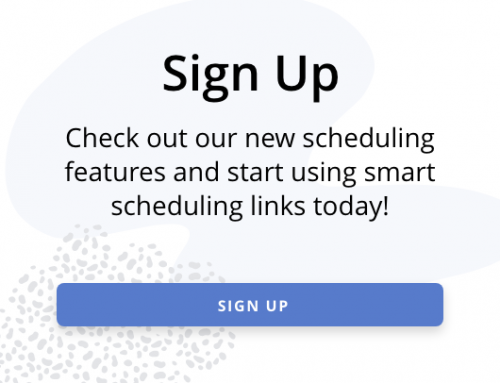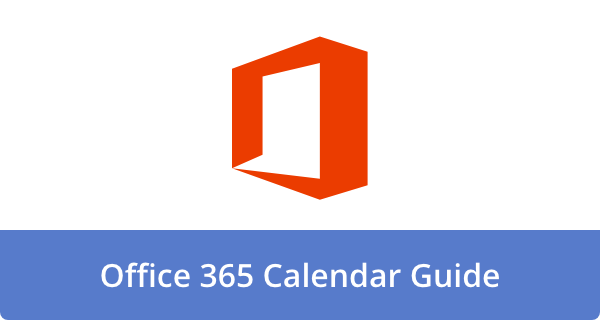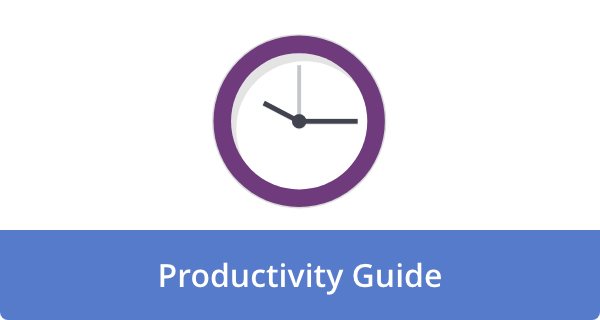

B2B SaaS teams (business-to-business software-as-a-solution) are expected to do it all, from team management to scaling content production, all while working with limited bandwidth. The pressure to perform across all channels means that organizations are in desperate need of smart, intuitive tools to streamline their processes.
Being productive isn’t just about how fast you can get something done; it’s about creating efficient workflows that set you and your company up for long-term growth. 68% of SaaS marketers reporting a lack of time as their #1 blocker. This means time-saving workflows are more crucial than ever. Regarding tools like marketing, SEO (search engine optimization), and business partnerships, the teams that achieve the most productive outcomes know that automation allows them to maximize output without the stress.
The five strategies outlined below are all designed to help your team save time, streamline processes, and scale sustainably. Knowing the best fit solution for boosting your team’s market visibility can be difficult. However, with the right tools on hand, publicity has never been simpler. Whether you’re a business owner or a marketing lead, these tips will help you create scalable momentum and incorporate the best-fit partners in order to achieve consistent, profitable success.
1. Streamline Content with Automation and AI
In the past, the time needed to sort and research keywords and make a content plan seemed never-ending. Now, you can turn a list of topics into whole, fully optimized briefs in mere minutes with AI.
Tools like MarketMuse and SurferSEO can help you analyze search intent, cluster related keywords, and even outline an article or section based on what you tell them to do. It gives your team a strong starting point without losing the strategy and relevancy you want from the content.
Automating SEO research can significantly reduce planning time. It allows your internal team to focus on execution, creativity, and growth. They can do this while your SEO machine works hard in the background, completing the more mundane, mechanical tasks. This streamlined productivity will eventually add up to greater success in the corporate sphere. This is thanks to the combined efforts of a smoother, goal-driven process. When AI is correctly used as a strategy tool such as this, you can turn your backlog into a content publishing machine.
2. Scale Sustainably with Agency Support
Even the highest-performing B2B SaaS teams can reach their capacity. When that happens, the best option is not to push harder, but to bring in the right support.
When you partner with a B2B SaaS SEO Agency, your team will gain the advantage of established systems, industry knowledge, and specialized talent. Agencies can complete audits, develop thoughtful and data-driven keyword strategies, and work with large content production teams. They can do this all without consuming your internal resources. The right agency partnership will help remove team burnout, clear existing and potential roadblocks, and holistically offer high-quality results. This collaboration also creates more opportunities for your team to focus on strategic work. For example, you can focus on product marketing or generation-specific advertising efforts that truly help to drive change.
You don’t need to operate completely in-house. The right agency can become an extension of your organization – and a multiplier for your growth.
3. Harness SEO Sprints to Compete
The more high-profile B2B SaaS teams align SEO to a product development model: agile, intuitive, and always improving. Instead of waiting three to six months to see results, SEO sprints provide an opportunity for testing and iterating in shorter timeframes (weekly or bi-weekly). You could optimize existing content one week, test new keywords the next, build backlinks in the third sprint, etc. This quick cadence keeps your execution focused on fast cadence and very practical issues. You can quickly change priorities and even algorithm changes.
Sprints help to make your progress visible. Stakeholders remain engaged, team accountability increases, and long-cyclical (long game) SEO becomes increments of quick wins over short periods of time that will add up. Additionally, every sprint has a clear-cut purpose in place; whether it’s optimizing older posts, testing new keyword clusters, or driving backlinks around a specific topic, at the end of the sprint, they help to complete a measurable company goal. That output simultaneously gives stakeholders something tangible to review while providing the team a visible reason to celebrate progress.
Accountability
What’s more, sprints help to create a culture of accountability, as everyone knows what is expected of them in each cycle as it relates to the goals of the company. Instead of waiting for a singular “big SEO win,” the team can add small wins on top of each other over time, leading to faster rankings, tighter processes, and clearer, more profitable insights.
Sprint-based SEO has turned what used to be a black box into a visible, agile growth engine. To take this a step further, a company can also hire an agency to help them with their sprint model. Along with its AI utilization skills, external partners like this can help take care of audits, refresh strategy, and holistically manage sprint planning so your resources focus solely on execution. Ultimately, it optimizes your marketing momentum while avoiding exhausting your internal resources.
4. Minimize Meetings, Maintain Quality
The average worker attends 62 monthly meetings, with 31 hours considered unproductive. Meetings can be a significant productivity deterrent, particularly for lean B2B SaaS teams in marketing with a jumble of SEO content and strategy to manage within the work week.
Instead of always defaulting to a Zoom call, consider picking up and putting to use asynchronous tools like Loom or Slack video clips or messages to give quick updates, share project feedback, or quick walk-throughs. These options allow team members to reply when convenient and create uninterrupted time for deep, focused work. There are also quick, formal ways to integrate calendar-based task reviews into the messaging system, allowing you and your team to stay focused on priorities without doing live check-ins.
A quick read-over of a group chat message or a brief calendar run-through is infinitely more productive than a thirty-minute meeting, and it allows coworkers, especially those of the younger generations, to share thoughts and ideas from their own space, minus the rushed environment of a crowded meeting.
Not only will this change save you hours every week, but less context switching gives your team more uninterrupted time to create. You’ll be amazed at how well collaboration flows when no one is stuck in back-to-back calls all day.
5. Create a Live Playbook
An insider tip from the corporate world: document any task that your team performs more than twice throughout the workday.
An internal business playbook or SOP library helps turn common knowledge into repeatable memory. Whether it’s how to publish a blog post, QA a landing page, or brief a freelance writer, having a written step-by-step clearly saves time and prevents errors from being made.
In most cases, this quick tip is also a great onboarding resource. New hires, freelancers, and collaborators are able to begin work without waiting for a walkthrough from the person responsible, avoiding the hassle of searching through years of previous Slack threads to find how another team member completed this task. This will allow tasks to work themselves into the new employees’ memory based on their own doing, rather than simply hearing it from a coworker or supervisor a handful of times.
Dynamic Playbooks
The best part? Services such as Notion and Confluence allow you to keep your playbook nimble. You can revise processes as you develop, link only relevant resources, and you are even able to embed a video walkthrough to verify clarity. Ultimately, this plays a larger role as a reference; it becomes your team’s operational brain. As a result, you will witness within the company more rapid growth, fewer errors, and an overall culture of independence from day one.
The outcome of utilizing tools like a live playbook is too good to be ignored. Fewer bottleneck moments, smoother handoff transitions, and less time spent on tactical mechanics are some of the main achievements, just to name a few. What’s more, this will result in a larger amount of time spent on strategy, not re-explaining the same processes over and over again.
Working Harder and Smarter
Operating in B2B SaaS marketing is an unforgiving business where talent, time, and traffic always have limitations. These five processes – automating content planning, creating SEO agile sprints, replacing meetings with async updates, making a living playbook, and finding the right agency – will allow you to move faster with emphasis on quality.
All five provide not just speed, but scale. They are about creating habits that scale your team and minimize friction while generating repeatable outputs. As such, whether you’re improving how content is created, how you measure SEO, or how your team communicates, the purpose of all these processes is to provide long-term productivity.
However, productivity is not all about doing more. It is about doing what counts – with the right people, systems, and agencies. And often, the best results come when B2B SaaS teams quit trying to do everything themselves. If you are trying to grow faster and work smarter, now is the time to start aligning your strategy with people who focus on it. These five hacks provide a framework – an experienced, intuitive agency will supply the rest. The path to higher output and better results isn’t more hustle. It’s better leverage.
Featured Image Credit: Photo by ThisisEngineering; Unsplash; Thanks!











Deanna Ritchie
Editor-in-Chief at Calendar. Former Editor-in-Chief, ReadWrite, Editor-in-Chief and writer at Startup Grind. Freelance editor at Entrepreneur.com. Deanna loves to help build startups, and guide them to discover the business value of their online content and social media marketing.